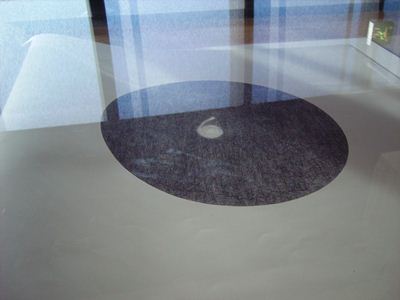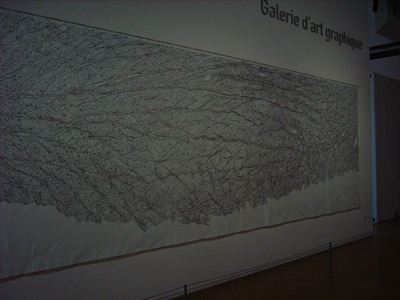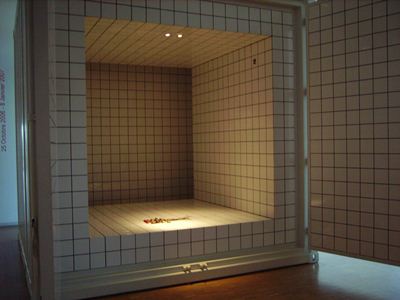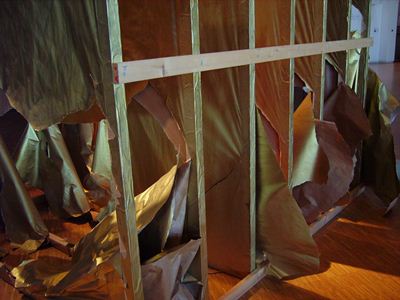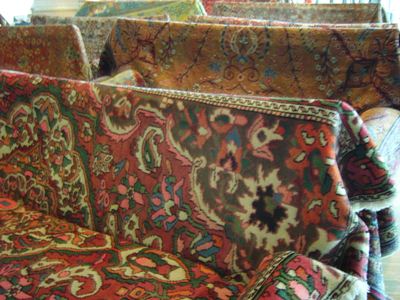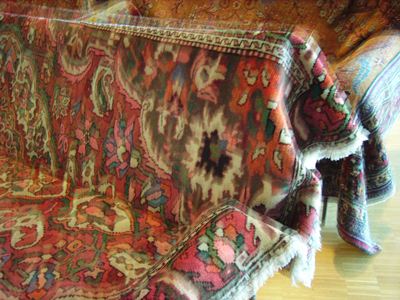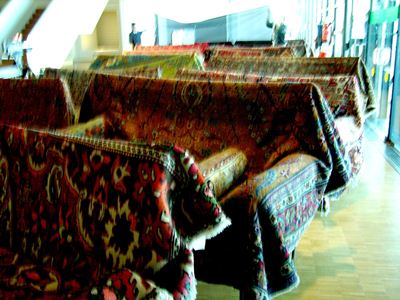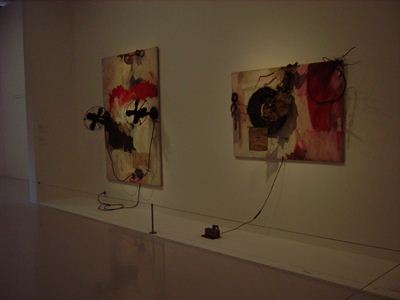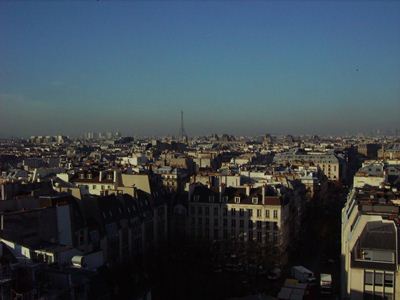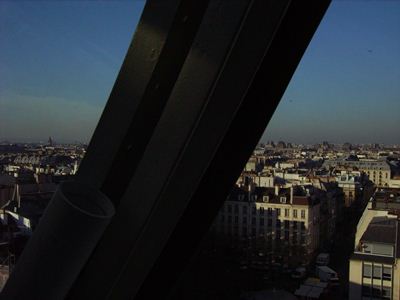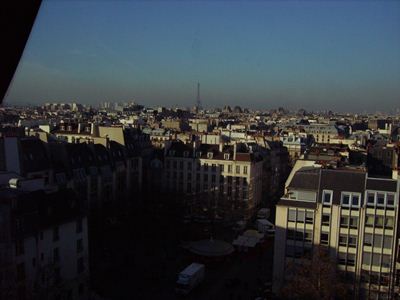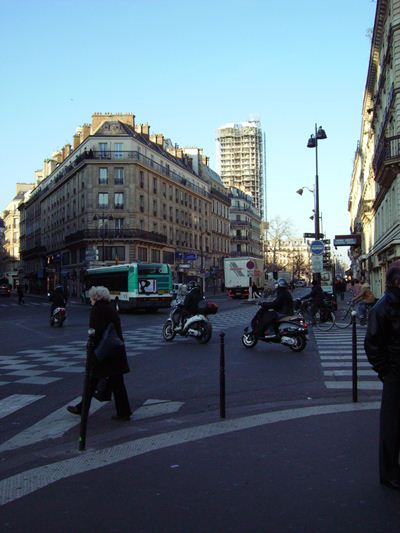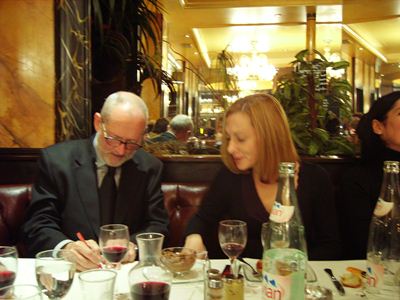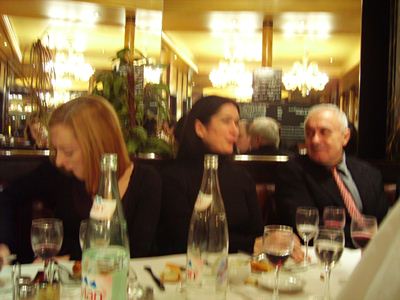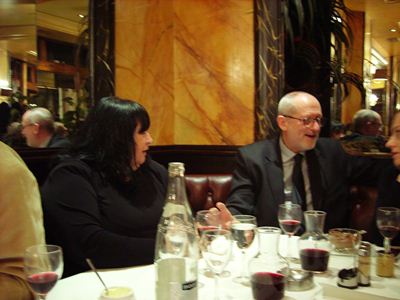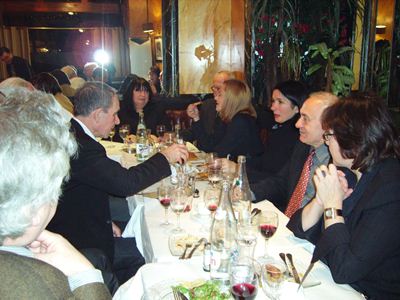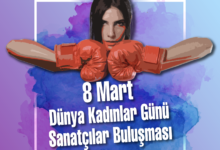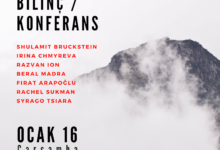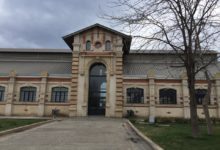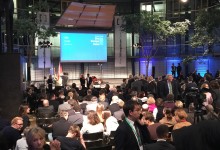Brainstorming Meeting on Council of Europe Art exhibitions
at the
Council of Europe Paris Office (55, avenue Kléber)
19 December 2006
Should the Council of Europe continue to organise art exhibitions? What should be their scope and purpose? What resources are required to make them possible?
The Council of Europe is organising a meeting on 19 December 2006 in Paris to discuss the future of the Council of Europe art exhibition series which was initiated 50 years ago. The Council of Europe is in the process of reviewing this programme.
The aim of the Paris meeting will be to analyse the aims and specificity of these art exhibitions in today’s world and to reflect on possble new ideas and directions which could form the basis for the reorientation of the art exhibition series.
Discussion questions and answers by Beral Madra
5.2 The Future Role of CE Exhibitions and Thematic Development
What type of projects should the CE be involved in, in the short-term (1-3 years) and the longer term? What are some specific examples?
The answer for this question is without doubt related to the status quo and requirements of EU countries with still different cultural infrastructures and goals. The main trend is privatization of all cultural institutions that have been administered by the states, governments or municipalities. Turkey is an exemplary model in the region. The state/government administered cultural entities (mainly music, theater, dance) in which the artists are employed with life-time contracts, are under pressure of financial deficits and official manipulations. Film and publishing industries are being subsidized by the state through yearly distribution of funds by juries. The private sphere of the culture has to confront the facts and features of corporate or individual sponsoring which an essential part of corporate image and advertising. The balance between the actors of the global culture industry, i.e. the balance between the official and the private investment and the creative or professional individuals or groups is not the desired one.
In this context the question is who the partners of CE are when it comes to realize projects that will fulfill the requirements of the EU audiences.
The latest example of collaboration between the Amsterdam and Istanbul Municipality is the exhibition “Istanbul: The City and the Sultan in Nieuwe Kierk. This exhibition is the most kitsch and orientalist exhibition I have ever seen.
In this case the short term initiative should be to start efficient partnerships in countries that are still in transition from modernist/ formalist institutional infrastructure to globalization prerequisites.
The long term initiative should consider projects that will upgrade the local situation to the level of EU standards.
- Should such projects be confined to exhibitions? What might be alternatives?
CE should be involved in project evaluation and distribution, instead of ready-made, packaged project realization. Local projects need international endorsement. Nowadays exhibitions are end products; preliminary workshops, residency programs and research are vital basis for any kind of exhibition.
- How should this new program respond to the impact of new technologies, the importance of new media, and the changing patterns of cultural consumption, especially among the younger generation?
Here again we should think about the needs, goals and drives of the young generation according to the socio-political conditions, such as laic-democratic countries, democratization in progress countries, war-zones. The common denominator is: economical deficiencies and obstructions, self-censor, limited or delayed education, lack of infrastructures. Turkey, in this sense has made a huge progress since 1990’s, with its growing culture industry, sponsoring possibilities, and networking. Istanbul is the center of gravity for creative professionals. Here, we should consider that art and culture is evaluated more on the event or entertainment culture level than on the intellectual and theoretical platform. The most influential tools to make the young generations conscious and aware of the power of art and culture is the internet and TV. A regional art and culture TV such as ARTE is desperately needed (Arabic, Russian, Persian and Turkish)
- Should exhibition and project themes be selected to reflect the priorities of the CE and the political and social changes of Europe and the world (European enlargement, demographic changes, interculturalism, immigration andEurope’s interaction with neighboring cultures)?
These are the most “in” themes in contemporary art and culture. However, in order to create some kind of memory in the young generation, the historical and traditional background of EU countries should also be included into the themes.
- Might exhibitions and other projects have a role in highlighting approaches such as cultural diversity and intercultural dialogue and other subjects that are more closely linked to the role of the CE?
Exhibitions, particularly of contemporary art plays an important role in the appreciation of “the other”, in updating remote neighbors on each others state of affairs, in promoting the artists to move forward. If CE intends to articulate within the cultural sphere exhibition is the most effective tool.
- What should be done to foster East-West exchanges, on the basis of equality of respect and of shared professional interests, in order to redress the current imbalances in expertise, contacts and funding?
Residency programs, institutional know how exchange, workshops, travel facilities, and support for related NGO’s
- What new disciplines (performance, music, interdisciplinary work) and cultural perspectives (minorities, religions) might be introduced in future programs?
The curators should be encouraged to create multi-disciplinary exhibitions and fringe events and collaborate with local professionals.
- Which spaces/places should be the focus of future projects: large international museums, public spaces, virtual spaces?
International museums are always ahead with their programs; they are extremely dependent on the policy of their boards, on the will of the sponsors and on the trends of the art market, not to forget that most of the museums have their own collections and want to display these collections, or they have fixed partnerships with other international museums. It again depends on the quality of the exhibition, which should convince the international museum to cooperate. Public spaces can always be available with the collaboration with the municipalities; however, bureaucracy might be an impediment. Virtual space is still an accessory for an exhibition project; maybe a portal is useful.
- Whatever changes are made, the CE will need to guarantee its own visibility in such projects to ensure continued support by the Organization. With limited financial contributions, how might the CE maximize its visibility?
CE should play the role of the intermediary partner or patronage for finding the available projects, activating the professionals to cooperate and facilitating the communication of institutions and private entrepreneurs. The visibility is maximized through determination and sustainability of CE’s support which should target the elimination of the imbalance in expertise, funding and networking.
- In addition to financing, what other role might the CE play in relation to future exhibition and other activities (such as helping to raise sponsorship, media contacts, and intergovernmental contacts)?
All.
- There is an increasing trend for governments to support only projects with which they have some direct interest?
I don’t think that governments are so conscious about their culture policies and definitely know what they are doing, except using art and culture for short term interests of their parties or offices. Most of the time they are naïve, old-fashioned and populistic.
5.3 Finance and Staffing
- Given the scarcity of finance in the CE, what can be done to encourage trusts, foundations, and public and private sponsors to cooperate? How might the CE develop a strategy that does not compete with existing museums and cultural projects?
A well designed, convincing and sustainable five year planning and programming which should carry out the current needs and conditions of artistic and cultural trends can be presented to international trusts and foundations. Consortiums are the best solution.
- What balance needs to be struck in financing by Ministries and by other sources, especially from the private sector?
The balance and cooperation between the state, local governments and the private sector is essential.
- The previous system of accounting inside the CE was based on voluntary contributions from all member countries. In addition, it was possible to count on contributions to specific projects from the individual countries concerned. Both these systems no longer work. What can now be done to reinstate a sense of a shared commitment to the exhibitions programmes? Should there be different strategies to involve different governments- large western countries, the new democracies, non-EU members, and inter-regional and transborder initiatives?
The major income of many countries around Turkey is from tourism and its industry. Touristy culture is mainly in clash with the so called high culture and art. CE should recommend the governments to include high culture and art into their tourism policies and accumulate resources for art and culture.
- As there is no possibility of increasing the staff resources for CE activities. What should the role be of CE staff? Should additional work be outsourced or subtracted? If so, to what kinds of organizations? What process might be developed to do this, bearing in mind the need for open tenders for public contracts?
CE should have responsible representatives in every country who are in contact with the existing staff in the centre.
5.4 Cooperation with international institutions and organizations and other partners
- Which are the other international institutions and organizations with which the CE should collaborate, compete or engage in dialogue? Examples might include the European Union, UNESCO, the United Nations, the Prince Claus Foundation, the Getty Fund, the Open Society Fund, etc.?
- What might be the basis of such cooperation? How might this operate?
- Other than international organizations, what other potential partners should be approached?
As most of the museums, official and local institutions are in need of funds and sponsors; it is evident that these institutions cannot raise funds for ambitious projects. CE cannot depend on the ability of these institutions to raise money. However, CE can play a leading role in guiding the institutions to communicate with appropriate financial sources. CE should communicate with local NGO’s and private sector organizations, collectors and culture entrepreneurs.The basis should be: convincing projects, long term partnerships, promotion of the funding organization, consideration of interests.
5.5 Target Audiences and Education
What should be the primary target audiences for CE projects and programmes relating to exhibitions and other cultural activities?
Universities (teachers and students), art and culture NGO’s, experts and professionals, advertising and promotion companies.
What can be done to reinforce the media impact of CE exhibitions and other projects? How can increased visibility of CE projects be secured?
CE should be present in art fairs, biennale and other cultural events, worldwide.

